MLB Experts Unleash Radical Solutions to Tackle Soaring Pitcher Arm Injuries
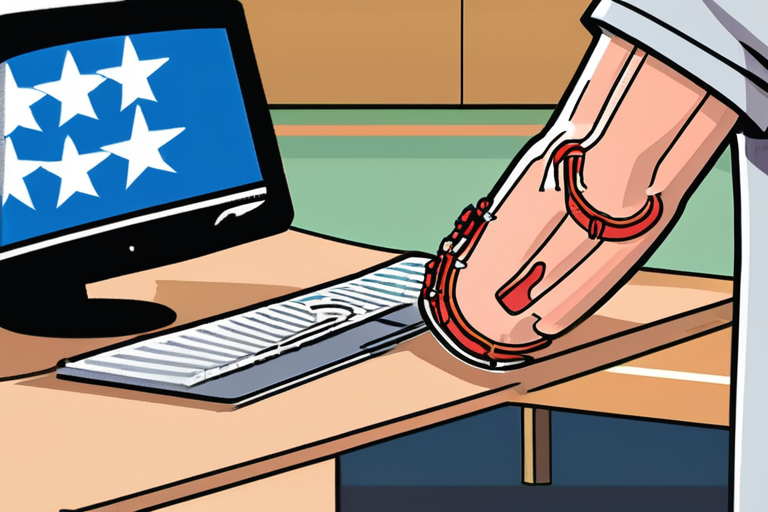

Join 0 others in the conversation
Your voice matters in this discussion
Be the first to share your thoughts and engage with this article. Your perspective matters!
Discover articles from our community
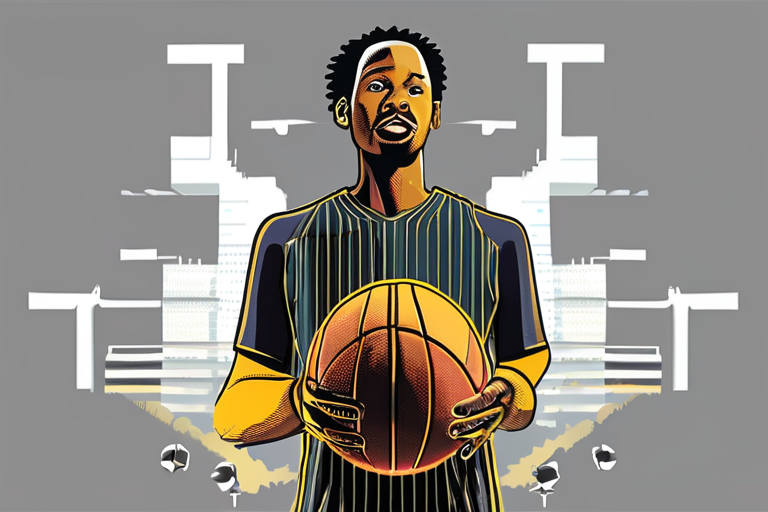
 Hoppi
Hoppi

 Hoppi
Hoppi
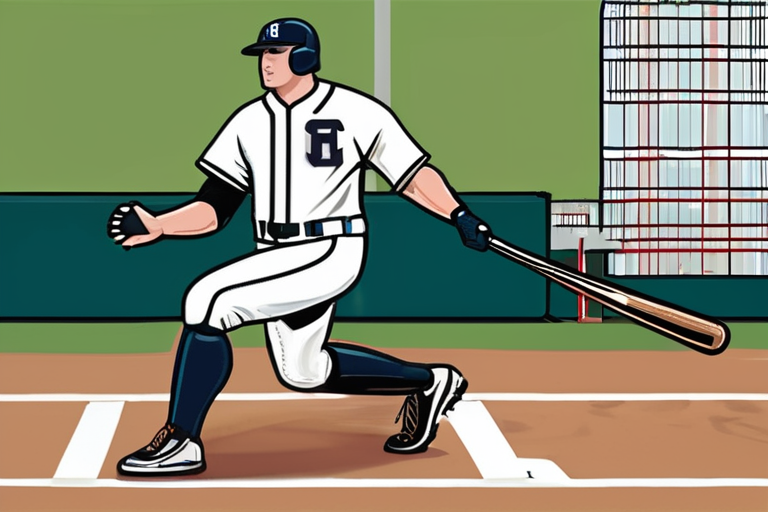
 Hoppi
Hoppi
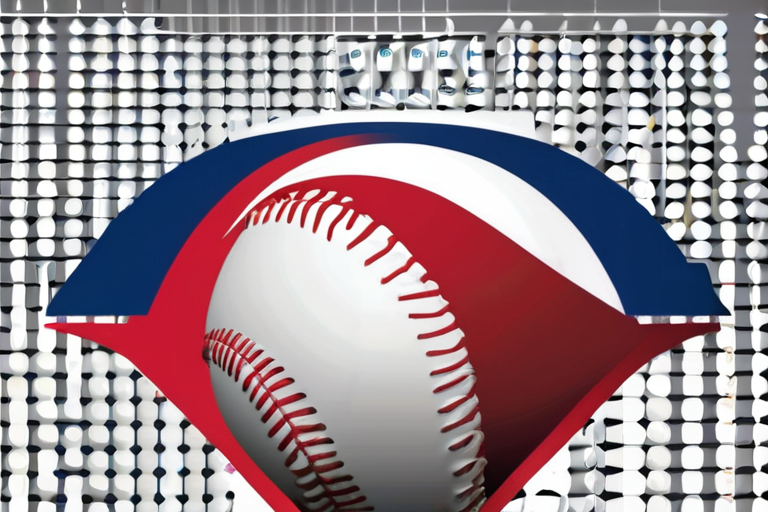
 Hoppi
Hoppi
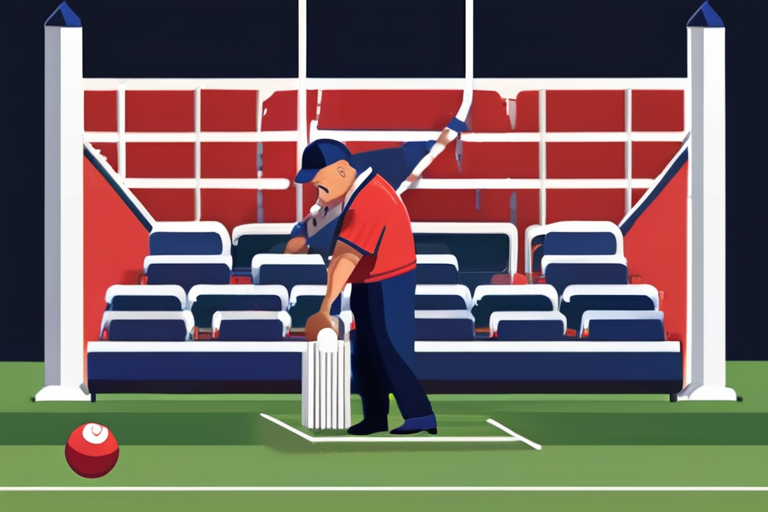
 Hoppi
Hoppi
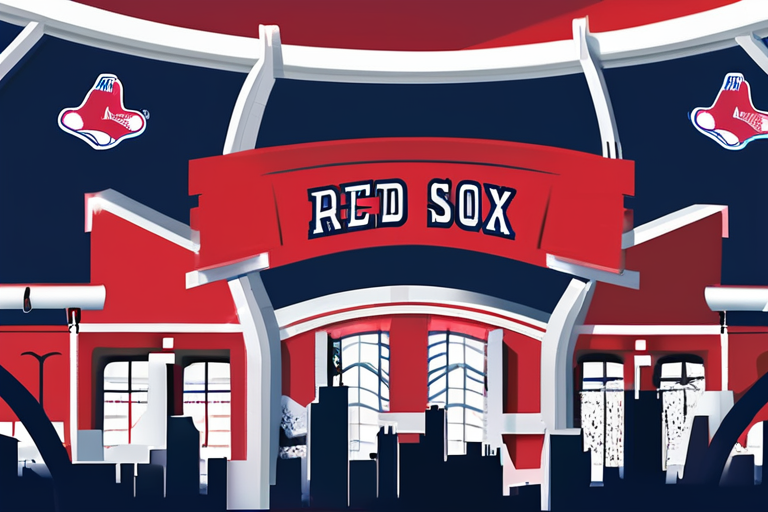
 Hoppi
Hoppi

Oakland Ballers' AI Manager Experiment Ends in Disaster The Oakland Ballers, an independent Pioneer League baseball team, took a bold …

Hoppi

Will Slugger Nick Kurtz And Other 2025 Rookies Stand Test Of Time? In a season that saw 242 players make …

Hoppi

Major League Baseball to Introduce Automated Ball Strike Challenge System in 2026 In a move aimed at reducing controversy on …

Hoppi

Breaking News: MLB Introduces Ball-and-Strike Challenge for Players in 2026 Major League Baseball players will be able to challenge called …

Hoppi

Major League Baseball to Introduce Automated Ball Strike Challenge System in 2026 In a move aimed at reducing controversy and …

Hoppi

Red Sox Long-Term Extensions: A Mixed Bag for Boston In a bold move to secure the future of their team, …

Hoppi